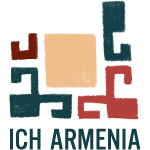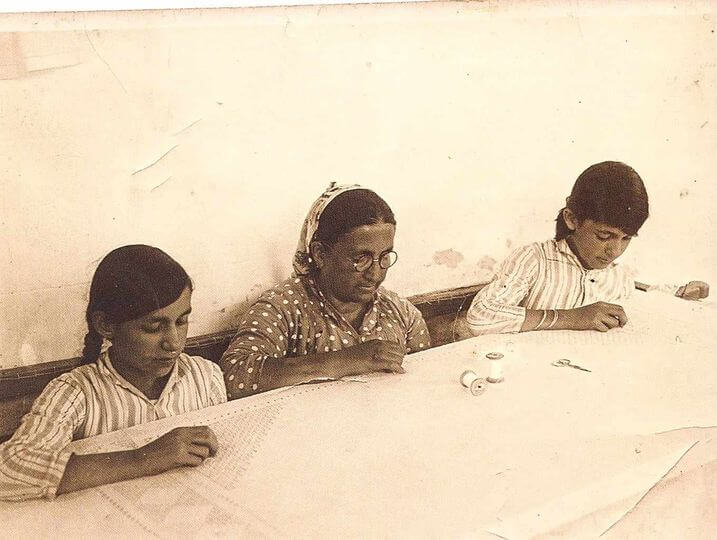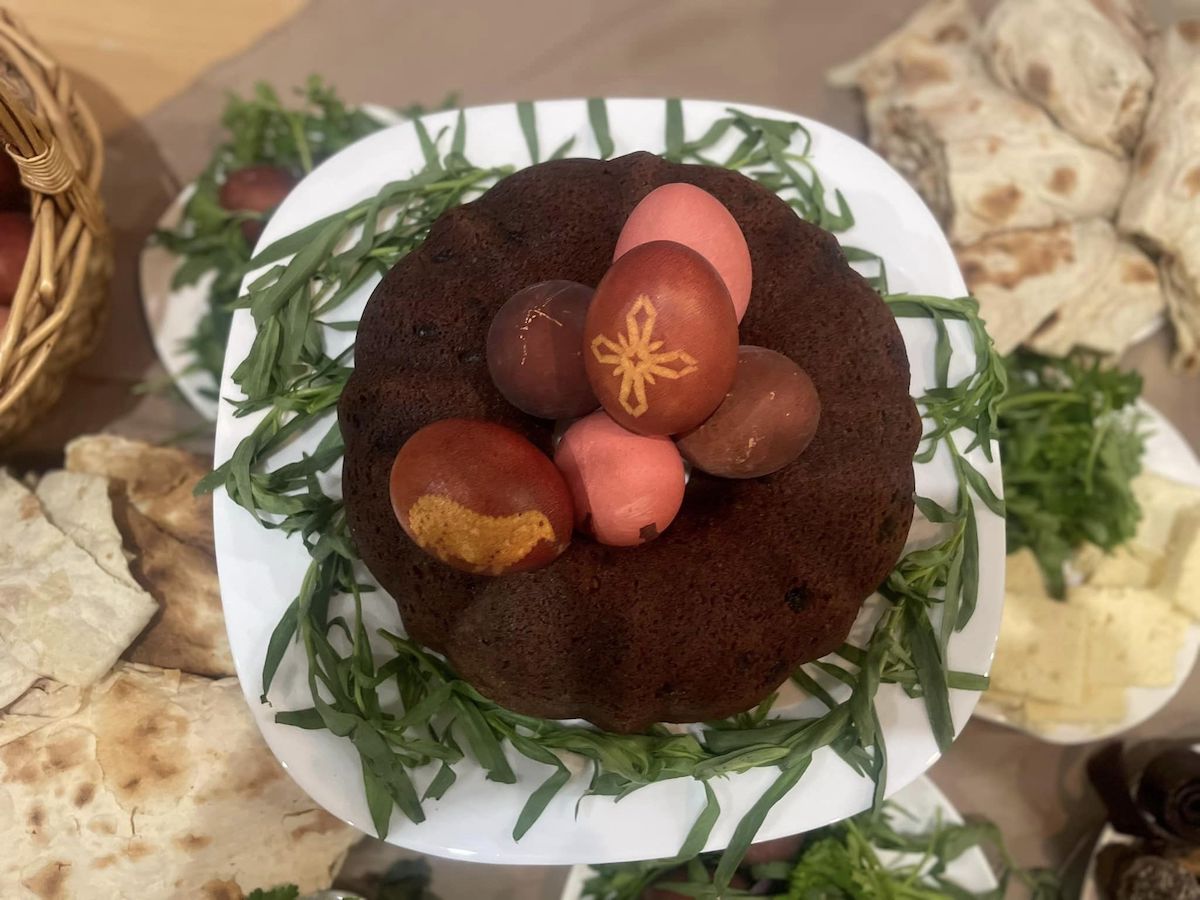
An article dedicated to the Hovhannes Sharambeyan Museum of Folk Art and its educational program “Identity Lab” was published in the “Living Heritage” journal, dedicated to the 20th anniversary of the UNESCO Convention for the Safeguarding of the Intangible Cultural Heritage https://www.unesco-centerbg.org/wp-new/wp-content/uploads/2023/09/LivingHeritage_pt6_BODY.pdf?fbclid=IwAR3CzUsmHKk3tTzk3gZyaeUsWVocZfBfuretanxHDB8Vn2owIdyLY-rFJjA , Nazeli Utujyan, “Living Heritage and the Folk Art Museum of Armenia,” p. 65).
The museum, as part of its educational program “Identity Lab”, with the support of the Ministry of Education, Science, Culture and Sports of the Republic of Armenia, implemented an inclusive educational program also in 2023, which provides free courses on folk art for a number of vulnerable groups of the population. The program has been implemented since 2021.
This year the program was implemented for 88 beneficiaries, including war veterans, children who are members of the families of those killed or missing during the war, children and women from socially vulnerable families, beneficiaries of Support Centers for Children and the Elderly, and a group home for people with disabilities, for children with special needs.
As part of the educational program, courses were held in Shadow Theater, woodworking, carpet weaving, embroidery, and felting.
This year, shadow theater courses were included in the program, given that it is included in the list of intangible cultural heritage assets in need of immediate protection in the Republic of Armenia. The museum collaborated with the “Ayrogi” shadow theater. Among the participants were people with disabilities, displaced people from Artsakh, people who participated in the war, as well as students and graduates of the Yerevan State Institute of Theater and Cinematography. Participants were able to combine traditional and innovative approaches. The best graduates of the course presented their performances at the “Third National Shadow Theater Festival” and won awards in the categories “Best performance of traditional craft”, “Best direction”, “Best script”, “Best cast”.
This year, for the first time, the program included people with disabilities from the Arinj branch of the “Warm Corner” group home, who became acquainted with felting, which is also included in the list of intangible cultural heritage values of the Republic of Armenia that need immediate protection.
This time, within the framework of the project, 8 specialists in the field of folk art were provided with work. The program allowed almost 90 of its beneficiaries to get acquainted with folk art, act as creators, and communicate with art to alleviate difficult psychological, physical or social conditions.




















